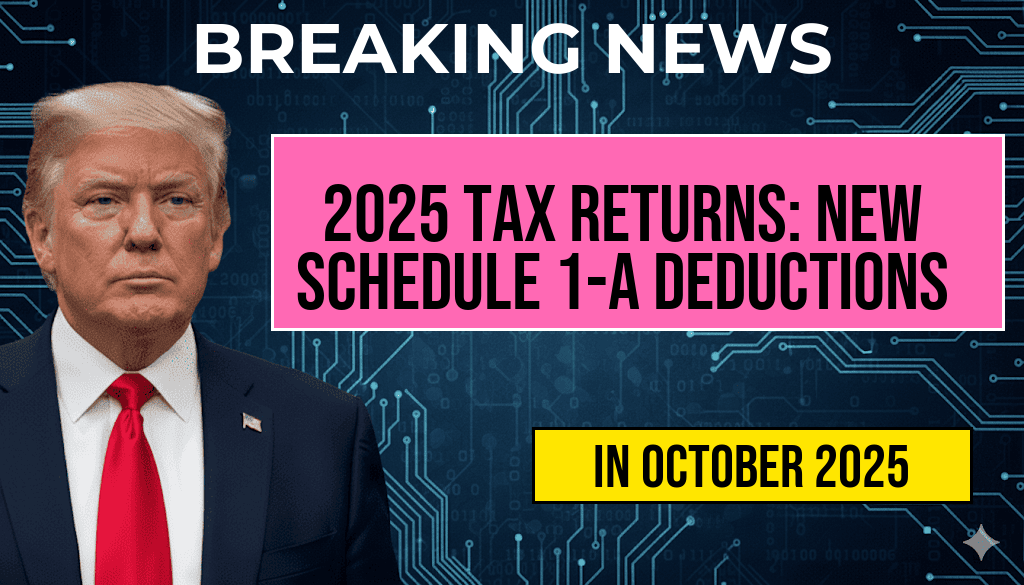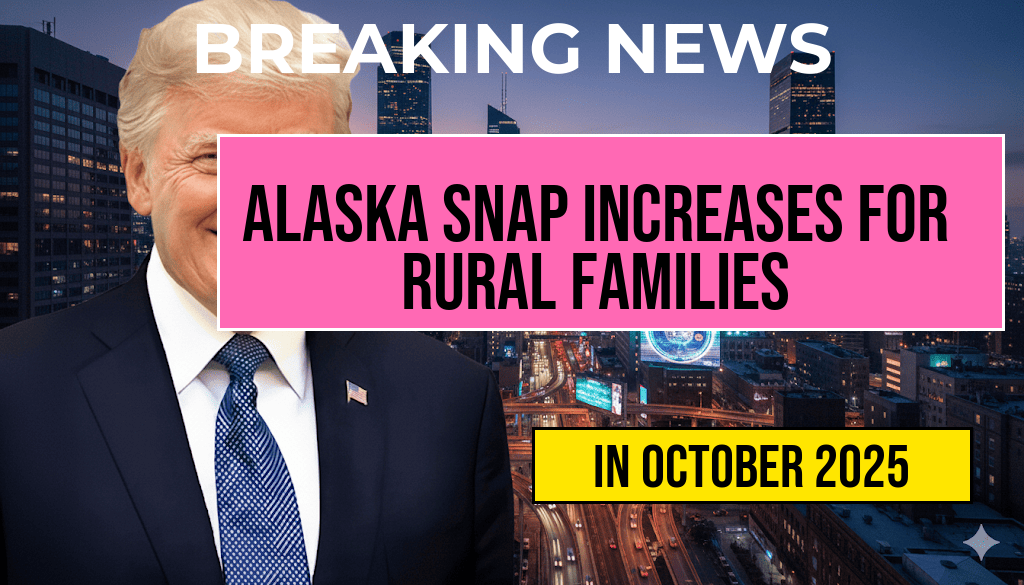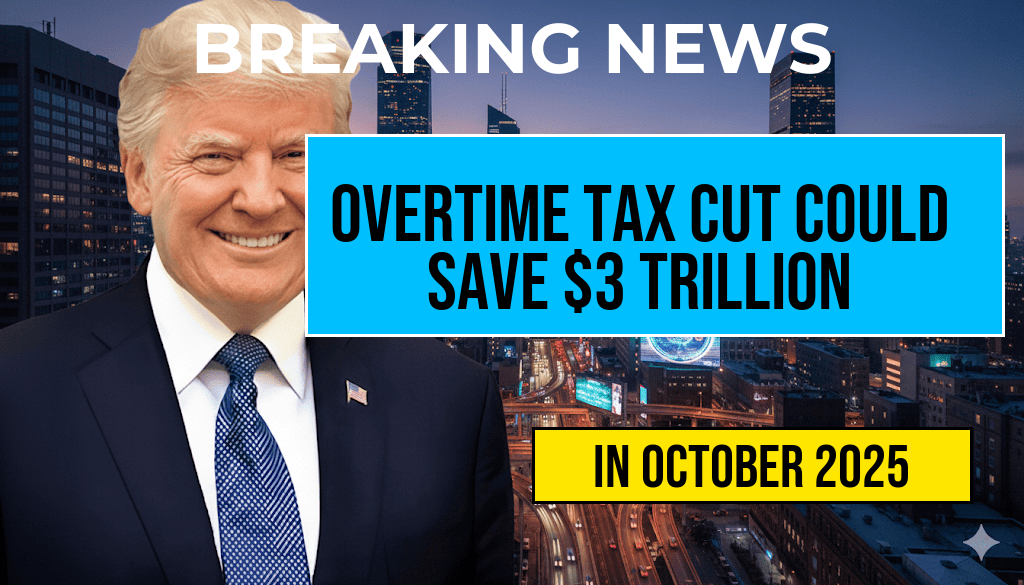Former President Donald Trump has unveiled a bold workforce plan aimed at slashing federal spending by proposing a 5% reduction in federal staff. The initiative, which promises billions in savings, has sparked a mix of enthusiasm and concern as it threatens to leave thousands of government employees without pay overnight. While supporters argue that the plan is necessary for fiscal responsibility, critics warn that the abrupt cuts could destabilize essential public services and disrupt the livelihoods of federal workers. As the proposal moves through legislative channels, the implications for both employees and the public service infrastructure remain a focal point of national discourse.
Details of the Workforce Plan
The proposed workforce plan outlines a strategy to reduce the federal workforce by 5%, which is expected to save the government approximately $6 billion annually. The plan is part of Trump’s broader agenda to streamline government operations and reduce what he terms “wasteful spending.” The initiative outlines a series of measures, including voluntary buyouts, early retirements, and layoffs, although the plan lacks specificity on how these reductions will be implemented.
Potential Effects on Federal Employees
For the estimated 100,000 federal employees facing potential job loss, the implications are immediate and severe. Many of these workers rely on their government salaries to support families and contribute to their local economies. The prospect of losing their income overnight raises serious concerns about the financial stability of these employees.
- Job Security: Thousands of federal employees are left in limbo as they await further details on the implementation of the cuts.
- Economic Impact: Local economies could suffer due to reduced spending by affected federal workers.
- Public Services: Essential services may be disrupted, potentially affecting agencies like the Department of Education and the Environmental Protection Agency.
Support and Opposition
Supporters of the workforce reduction argue that the downsizing is necessary to rein in federal expenditures and increase efficiency within government agencies. They contend that a leaner federal workforce could lead to improved performance and accountability.
However, numerous advocacy groups and labor unions have voiced strong opposition to the plan. The American Federation of Government Employees (AFGE) has stated that the cuts could lead to significant disruptions in service delivery, particularly in critical areas such as healthcare and public safety. Critics highlight that the plan does not consider the potential long-term consequences of reducing the workforce, especially in departments that are already stretched thin.
Comparative Analysis of Federal Workforce Trends
To provide context for Trump’s proposal, it is useful to examine historical trends in federal employment. The following table illustrates changes in the federal workforce over the past decade:
| Year | Total Federal Employees | Percentage Change |
|---|---|---|
| 2013 | 2,100,000 | – |
| 2015 | 2,125,000 | 1.19% |
| 2017 | 2,080,000 | -2.11% |
| 2020 | 2,100,000 | 0.96% |
| 2023 | 2,050,000 | -2.38% |
Next Steps in the Legislative Process
The workforce plan must navigate through Congress, where it is expected to face scrutiny from both sides of the aisle. Lawmakers will need to balance the proposed savings against the potential fallout for federal workers and the broader public interest. A thorough examination of the plan’s implications is anticipated during upcoming hearings, where agency heads and budget experts will provide testimony.
As the debate unfolds, the fate of thousands of federal employees hangs in the balance. With advocates for both sides preparing for a contentious discussion, the outcome of this workforce plan could significantly reshape the landscape of federal employment in the United States.
For more detailed information about the federal workforce and its implications, visit Wikipedia or check out Forbes.
Frequently Asked Questions
What is the main goal of Trump’s workforce plan?
The main goal of Trump’s workforce plan is to achieve billions in savings by implementing a 5% cut in federal staff.
How many federal employees will be affected by the staff cut?
The 5% federal staff cut is expected to impact thousands of employees, potentially leaving them with no pay overnight.
What are the potential consequences of the workforce plan?
The potential consequences of the workforce plan include sudden job loss for many federal workers and disruption of services provided by the federal government.
How does the plan intend to save money?
The plan aims to save money through a reduction in the workforce, estimating that a 5% cut will lead to significant financial savings for the federal budget.
What has been the reaction to Trump’s workforce plan?
The reaction to Trump’s workforce plan has been mixed, with some praising the effort to cut federal spending, while others criticize the potential impact on employees and government services.







